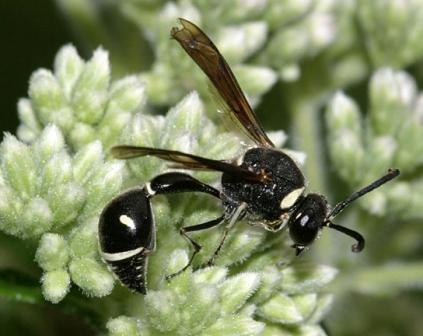SIMPLY LIVING
 |
| Begonias spread like weeds |
I didn't plant them. At least I don't remember planting them...
That
hasn't stopped dozens of pale pink begonias from planting themselves. They're growing underneath the raised
pots of herbs and vegetables in our west garden. They're not exactly
growing in soil - at least not soil in the traditional sense. Instead,
their shallow roots have settled into the leaf litter and organic matter that accumulates on
any outdoor surface.
Now that
I think back, there may have been one begonia in a container at some point in
the past but, if there was, I paid it little attention. I certainly don't
recall ever propagating it. However, I
suppose whatever I did or didn’t do is inconsequential. The plant obviously had intentions of its
own. It was determined to grow despite (or
in spite) of my personal involvement.
The
begonias in our garden are leggy plants growing up to a foot tall. When they get that big, they tend to flop
over onto the pathways between the narrow rows of raised pots.
-001.JPG) |
| Tall and leggy |
My husband, whose passion for edibles far
exceeds his concern for flowers, doesn’t like it when the begonias get in the way. He thinks nothing about stepping on, knocking
over or breaking off wayward blooms.
.JPG) |
| Ralph loves growing vegetables and herbs like these parsley plants but he's not as enthusiastic about flowers |
Even
though I didn’t plant them, I’ve become protective of these volunteer blooms. Since I don’t like to see them squashed, kicked
over or broken off, I try to be proactive.
I transplant young starts to pots and break off some of leggier plants to
root the cut ends in an available container.
So far,
my efforts have paid off. All of the
transplants and cuttings I’ve made are thriving. Turns out, begonias are ridiculously easy to
propagate (hence the proliferation of volunteer blooms in our garden.) I’ve done my plant-rescues without using any
rooting compound or fancy tools. I just
scoop out a young start with my fingers, stick it in an available pot with soil
(no special soil mixture necessary), push it firmly in place and let it
alone. It doesn’t seem to matter if the
location I put it in is sunny or shady.
As long as the transplant gets regular water, the begonia does
fine.
The same
is true for cuttings. I don’t bother
with scissors, knives or fancy lopping tools, opting instead to break off a
leggy section of an existing plant with my hand. After poking a finger-sized hole in soil, I push
the broken stem in, firmly pressing down on the dirt around it. Other than regular water, it receives no
further attention. That doesn’t stop it
from growing. Within a couple weeks, the
begonia has readjusted sufficiently to send out new growth.
Although
begonias are native to India, their attractive foliage, long blooming period
(they like hot weather) and invulnerability to pest problems, have made them
highly desirable landscape plants. They
work equally well as bedding plants for shady areas, in hanging baskets,
containers or as houseplants.
Begonia
cucullata is one of four species of wax begonias used to develop the thousands
of different cultivars sold today. I believe the volunteers in our garden are a
type of wax begonia that has self-propagated from seeds. Hundreds of too-small-to-be-noticed seeds
develop inside brown papery pods, which, when released, disperse in the breeze,
settling and rooting like weeds with minimal needs.
A comparison
to weeds is not farfetched. The pinkish-white-flowering
begonias growing on the ground beneath our raised containers of vegetables and
herbs have all the characteristics one would attribute to an invasive
plant. They appear prolifically in
places where they are not necessarily wanted (at least by some of us…) aren’t
bothered by pests and thrive without need for human intervention.
I guess that
makes them just another example of the old adage, “One person’s weeds are
another’s flowers.”
For me,
the begonias are an unexpected surprise, a splash of color in an otherwise
utilitarian space. Perhaps my husband
would like them better if he knew begonia leaves and flowers are also edible. They are.
Although it’s not the best tasting vegetable in the world, the plant’s blooms
and greenery make a pleasant addition to salads or cooked vegetable dishes.
I don’t
know if that information will stop my vegetable-gardening husband from stepping
on floppy flowers that get in his way but I hope it provides reason to pause
before knocking one over. After all, the
volunteer begonias have demonstrated a strong desire to thrive in our
garden. They’ve obviously found a spot
that meets their needs while inadvertently meeting my needs for unanticipated
beauty. They even have the potential for
meeting my husband’s needs for more easy to grow edible plants. It seems like a win-win-win situation all
around.
.JPG)







.JPG)
.JPG)
.JPG)
.JPG)
.JPG)
.JPG)
.JPG)


.JPG)



.JPG)
.JPG)
.JPG)

.JPG)
.JPG)
.JPG)
.JPG)
.JPG)




.JPG)
.JPG)
.JPG)
.JPG)






.JPG)
.JPG)
-001.JPG)
